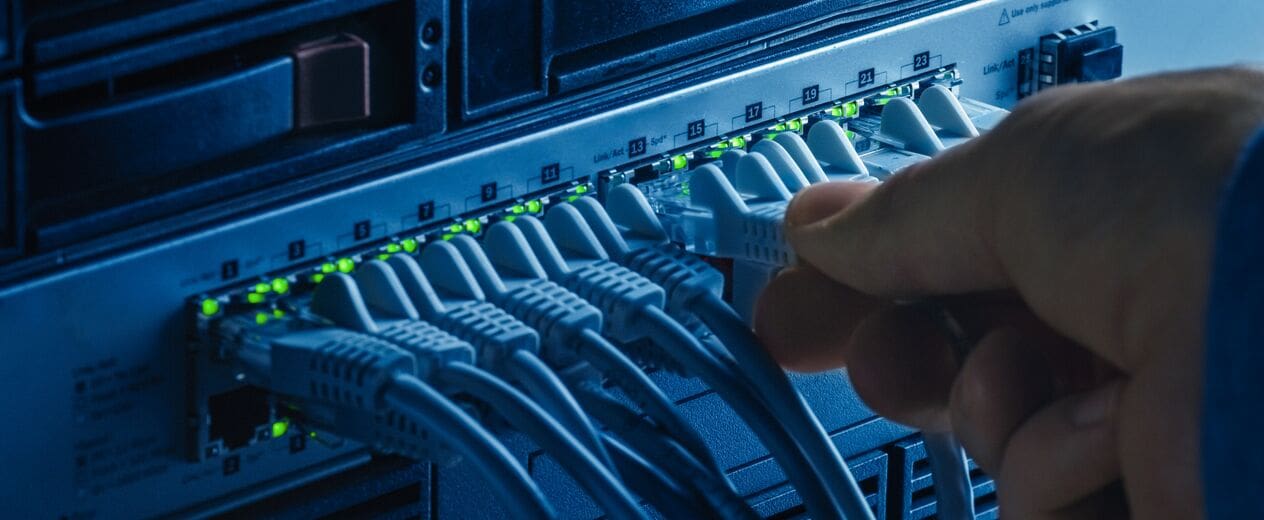Network optimisation: what it means and where to start
Are there issues with your network, but you don’t have a budget to completely re-build it?Learn where you can start to optimise your network.

Adoption, migration, optimisation, security and management services designed to deliver business agility.
Seamless management of your IT environment, underpinned by world-class cyber security, no matter where you are on your journey.
Enjoy the comfort of a modern working space supported by world class technology, security and resilience.
Help your clients take control of their IT environment with Australia and New Zealand’s leading hardware maintenance provider.
